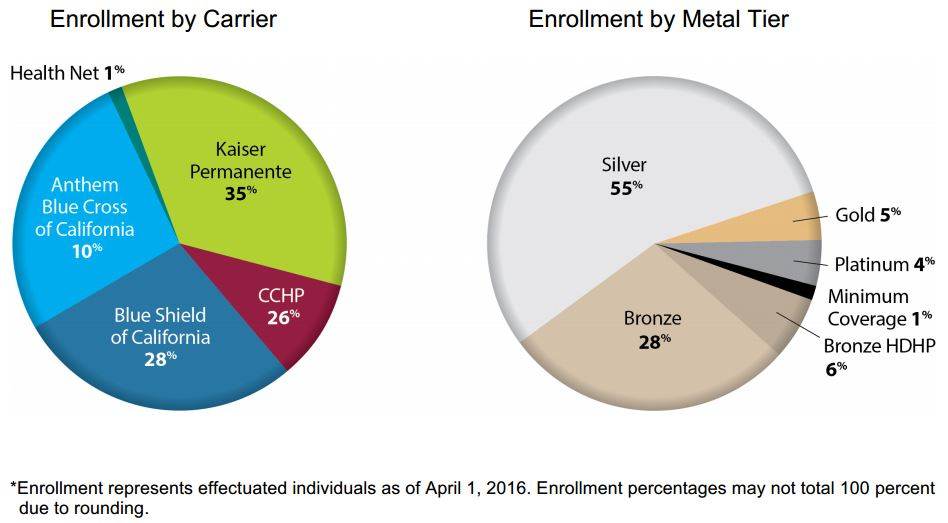California Insurance Market: Overcoming Wildfire Challenges
The California insurance market is at a critical juncture, especially in the aftermath of devastating wildfires that have swept through Southern California. As communities grapple with the emotional and financial toll of these disasters, the importance of wildfire insurance in California has never been clearer. The ongoing insurance crisis in California highlights the urgent need for a comprehensive Sustainable Insurance Strategy that addresses the challenges posed by escalating climate risks. This strategy aims to modernize the state’s insurance framework, enabling insurers to better manage and price risk associated with natural disasters. Without effective fire prevention policies and a robust insurance system, California risks facing an uncertain future where the protection of homes and communities hangs in the balance.
The insurance landscape in California is undergoing significant transformation as the state grapples with the increasing frequency of catastrophic wildfires. This crucial sector, which serves as a financial lifeline during crises, faces mounting pressures that threaten its stability. Recent discussions about a Sustainable Insurance Strategy seek to establish a more resilient system capable of addressing the unique climate challenges that California encounters. As the state seeks to implement fire prevention policies and innovative solutions, the need for a resilient insurance framework becomes increasingly apparent. The ongoing insurance crisis demands urgent attention from all stakeholders to ensure that residents and businesses remain protected against the devastating impacts of climate-related disasters.
Understanding the California Insurance Crisis
The California insurance crisis is a pressing issue that has garnered significant attention in recent years. The devastating impact of wildfires on both communities and the insurance market has highlighted the urgent need for reform. Insurers, once seen as the backbone of recovery, are now facing unprecedented challenges as they deal with the repercussions of catastrophic events. These challenges are exacerbated by outdated regulations that fail to accommodate the realities of climate change and the increased frequency of natural disasters.
As wildfires rage across the state, the financial implications for insurers are staggering. With rising claims and skyrocketing costs, many companies are reevaluating their presence in California. The inability to effectively model future catastrophic risks has led to hesitance among insurers to write new policies or maintain existing ones. This crisis not only affects the insurers but also leaves thousands of homeowners vulnerable, as they struggle to find coverage and protect their assets against increasing climate risks.
Frequently Asked Questions
What is the current state of the California insurance market regarding wildfire insurance?
The California insurance market is currently facing a crisis, particularly in terms of wildfire insurance. Insurers are struggling to manage and price risks associated with increasing wildfires due to outdated regulations. Many companies have stopped writing new policies, and some have left the market entirely, making it difficult for homeowners to find adequate wildfire insurance coverage.
How does the Sustainable Insurance Strategy aim to address the insurance crisis in California?
The Sustainable Insurance Strategy, set to be implemented in 2025, aims to modernize California’s insurance market by allowing insurers to better model and price risks associated with climate change, including wildfires. This strategy is expected to create a more resilient and sustainable insurance environment, ultimately helping Californians recover from catastrophic events.
What role do climate risks play in the California insurance market?
Climate risks, particularly from wildfires, significantly impact the California insurance market. Insurers have warned policymakers about the urgent need to address these risks, as they directly affect pricing and the ability to write new policies. Without effective risk management strategies, insurers face mounting pressure, leading to increased difficulties in providing coverage.
What are the implications of fire prevention policies on wildfire insurance in California?
Fire prevention policies are crucial in mitigating risks associated with wildfires in California. While individual measures like brush clearing can help, comprehensive policies that promote large-scale solutions and sustainable land-use planning are necessary. Effective fire prevention policies can reduce the frequency and severity of wildfires, ultimately benefiting the insurance market by lowering claims and stabilizing risk assessment.
Why have some insurers stopped writing policies in the California insurance market?
Some insurers have stopped writing policies in California due to the inability to effectively manage and price the increasing risks of wildfires. The state’s stringent regulations limit rate increases and prevent insurers from using actuarial data to model future catastrophic events, making it financially unviable for them to continue offering coverage.
What can California residents do to improve their chances of obtaining wildfire insurance?
California residents can take proactive measures to improve their chances of obtaining wildfire insurance by implementing fire-resistant improvements to their homes, participating in community fire prevention initiatives, and being informed about the insurance market. Engaging with local policymakers to advocate for modernized regulations that support sustainable insurance practices can also help create a more favorable environment.
How does inflation affect the costs of wildfire insurance in California?
Inflation has significantly driven up the costs of homeowners’ replacement coverage in California, complicating the financial landscape for insurers. Between 2019 and 2022, inflation led to a cumulative 55% increase in replacement costs, which, combined with escalating wildfire risks, affects how insurers price policies and can lead to higher premiums or reduced coverage options for homeowners.
What collective actions are needed to address the insurance crisis in California?
Collective action is essential to address the insurance crisis in California. This includes investments in fire prevention and recovery, smarter land-use planning, and policies that incentivize sustainable development. By fostering collaboration among insurers, policymakers, and communities, California can build resilience against wildfires and create a sustainable insurance market.
What future changes are anticipated for the California insurance market post-wildfire crisis?
Post-wildfire crisis, California anticipates significant changes in its insurance market through the implementation of the Sustainable Insurance Strategy. This will likely allow insurers to adapt to climate risks better, modernize regulations, and develop innovative products that can provide adequate coverage for homeowners while ensuring the financial stability of the insurance market.
| Key Point | Details |
|---|---|
| Impact of Wildfires | Catastrophic wildfires in Southern California have devastating human and financial effects. |
| Role of Insurers | Insurers act as California’s financial first responders, helping families recover and rebuild. |
| Insurance Market Crisis | California’s insurance market has been in crisis due to outdated regulations and risks associated with wildfires. |
| Sustainable Insurance Strategy | New reforms, including the ‘Sustainable Insurance Strategy’, aim to modernize the insurance market. |
| Regulatory Challenges | Insurers face difficulties in pricing policies due to stringent regulations that prevent modeling future catastrophic risks. |
| Need for Collective Action | A united effort is necessary to build resilience against wildfires through prevention and smart policies. |
| Urgent Call to Action | Immediate action is required to address the root causes of the insurance crisis and protect communities. |
Summary
The California insurance market is at a critical juncture as it grapples with the aftermath of devastating wildfires. These catastrophic events not only highlight the urgent need for reform but also emphasize the importance of maintaining a sustainable insurance framework. Insurers are eager to support Californians; however, without necessary systemic changes, the cycle of crisis will persist. The future of the California insurance market hinges on modernizing regulations, implementing climate-resilient policies, and investing in disaster prevention to safeguard communities against the growing risks posed by climate change.






